How 1440 Makes Translation Easy for Salesforce Customers
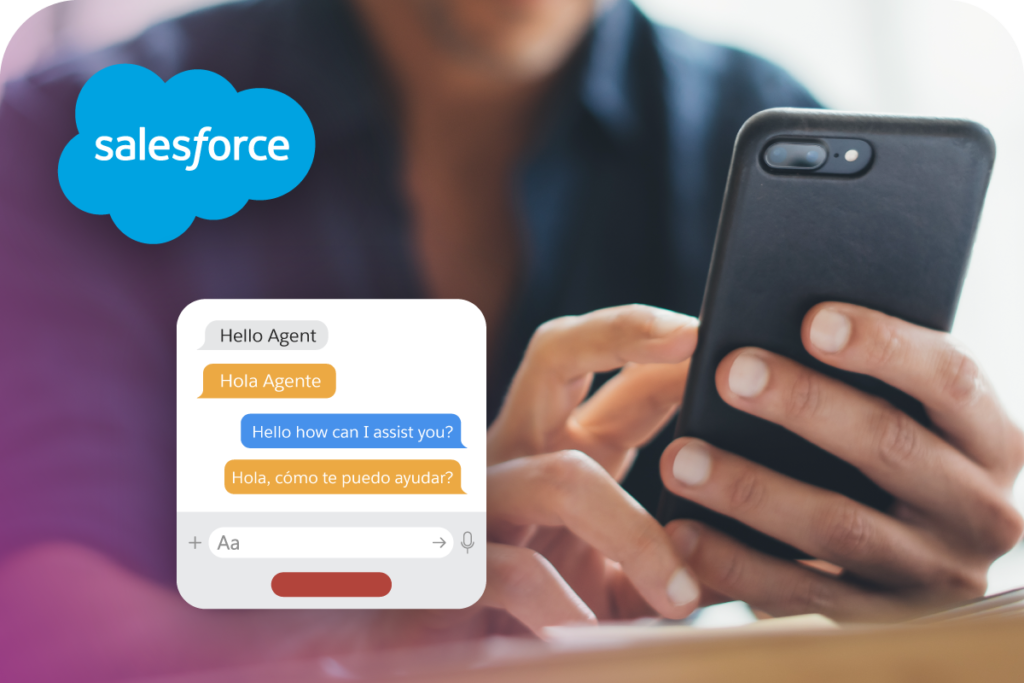
Think having great products is enough to guarantee success? Well, you might want to think again. According to Salesforce research, 84% of customers say the experience a company provides is just as important as its products.
So if you’re looking to grow your business (aren’t all brands?), then you’ve got to make it a top priority to deliver great service, wherever a customer is on the purchase journey.
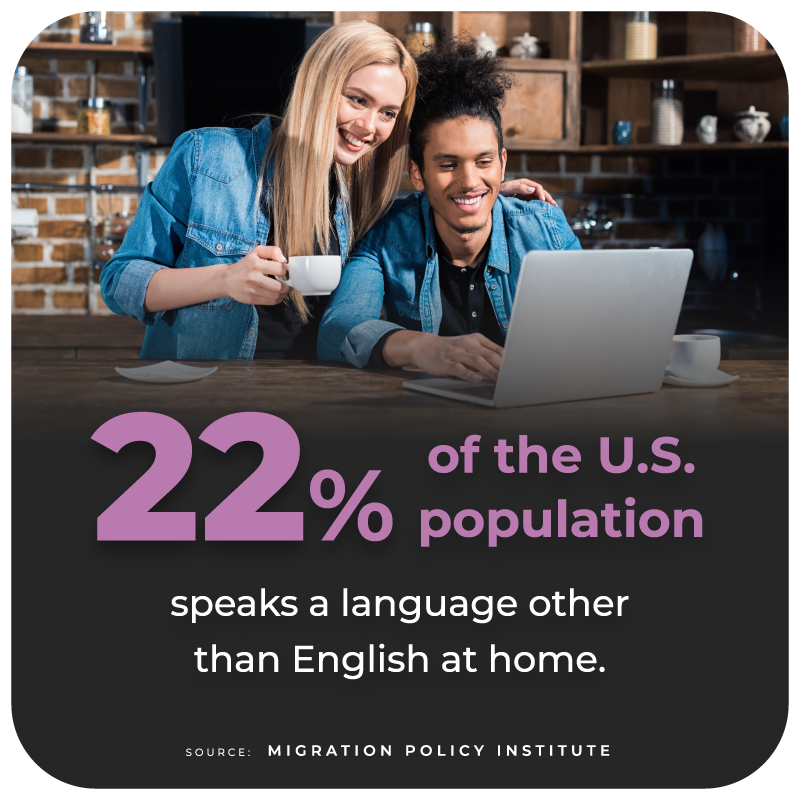
At a minimum, you’ve got to incorporate the basics: friendly service, quick responses, and personalized interactions. But it’s also important to be equipped to communicate with your customers, regardless of the language they speak. Of course, this is true if you’re a global company. But offering multilingual support is still important even if you’re only operating in the United States, as nearly a quarter of the population speaks a language other than English at home.
Providing multilingual support can seem like a pretty tall order. And truth be told, it is…if you’re employing traditional translation methods. But there’s an easier way.
In this post, we’ll explore the problems with traditional translation methods and how 1440 makes it easy for brands using Salesforce to break down language barriers and communicate with their customers, wherever they are on the globe. We’ll also zero in on why speedy, accurate translations are particularly important for two growing digital service channels: live chat and knowledge articles – and how 1440 can help.
The Problem with Common Translation Strategies
Your ability to provide great service, regardless of language, can make the difference between a lost customer and a loyal one. A study from CSA Research found that three-quarters of consumers are more likely to make another purchase from a company that provides post-sale support in their language.
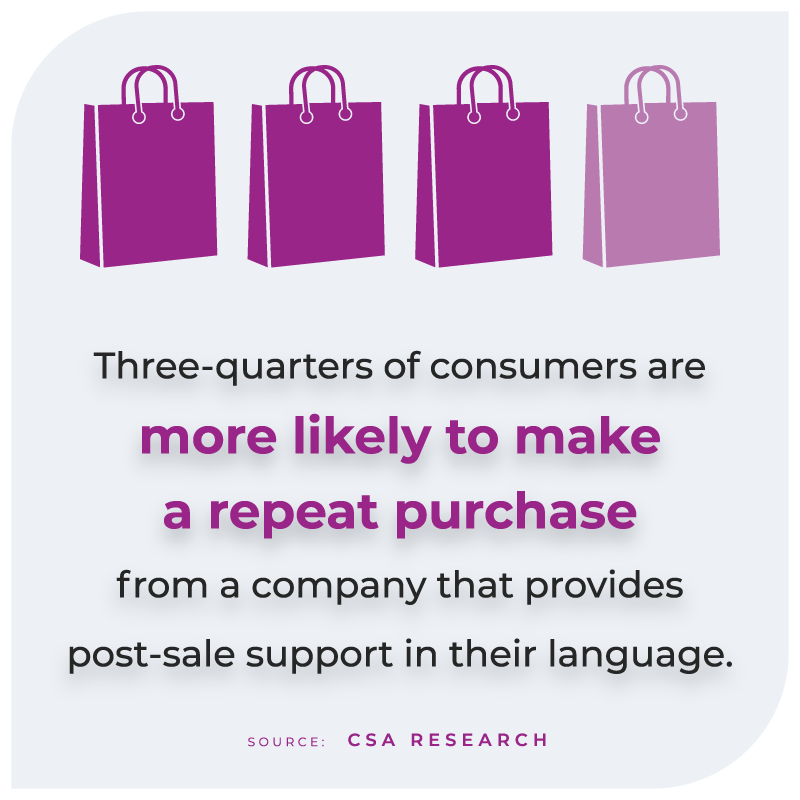
Though most brands understand the importance of offering multilingual support, many don’t have a solid strategy to do it. Maybe they send knowledge articles to a third-party translation service. Or perhaps they copy and paste emails and live chats into an engine like Google Translate.
The problem is, these common translation methods are time-consuming – not to mention inaccurate.
Shoppers have high expectations for fast answers. According to Salesforce’s State of the Connected Customer report, 83% of consumers expect to engage with someone immediately when contacting a company. They’re not going to sit around and wait for you to run translations.
What’s more, translation engines aren’t always accurate. That’s largely because specific engines work best for specific languages.
The bottom line is, common translation practices often lead to frustrated customers. And frustrated customers are unlikely to be repeat customers. After all, research from American Express found that a third of Americans would consider switching companies after just a single instance of poor service.
Translation Studio by 1440 Helps Brands Break Down Language Barriers
Fortunately, there’s a more effective way for brands using Salesforce to communicate with customers, regardless of their preferred language: Translation Studio from 1440.
With Translation Studio, you can quickly and accurately translate just about any object in Salesforce – without leaving the platform. That means you don’t have to waste time copying and pasting text into translation engines – or sending it to third parties for translation.
In addition, Translation Studio leverages multiple translation tools including Google Translate, Microsoft, DeepL, and AWS so you can ensure translations are accurate.
Let’s zero in on how Translation Studio can help your brand seamlessly translate two increasingly important service channels: live chat and knowledge articles.
Communicate in Any Language Via Live Chat
In the midst of the ongoing pandemic, consumers are shopping online more than ever before. Increasingly, they’re also going online to get service, both before and after making a purchase. According to Salesforce’s State of Service report, 87% of service professionals say customers have increased their use of digital channels during the pandemic.
Though there are several types of digital service channels, live chat is one that’s particularly popular among consumers. Per Salesforce, it’s become the #4 preferred customer service channel.
Clearly, it’s important to both offer and support live chat. But what happens when a chat comes through that isn’t in a language the customer service agent speaks?
The agent could continue to communicate in English – which is likely to frustrate the customer. Or, they could copy and paste each message into a translation engine. But this is a clunky, error-prone process for the agent. And delayed responses and inaccurate translations are likely to annoy the customer.
But with Translation Studio from 1440, that agent could translate the live chats in real time.
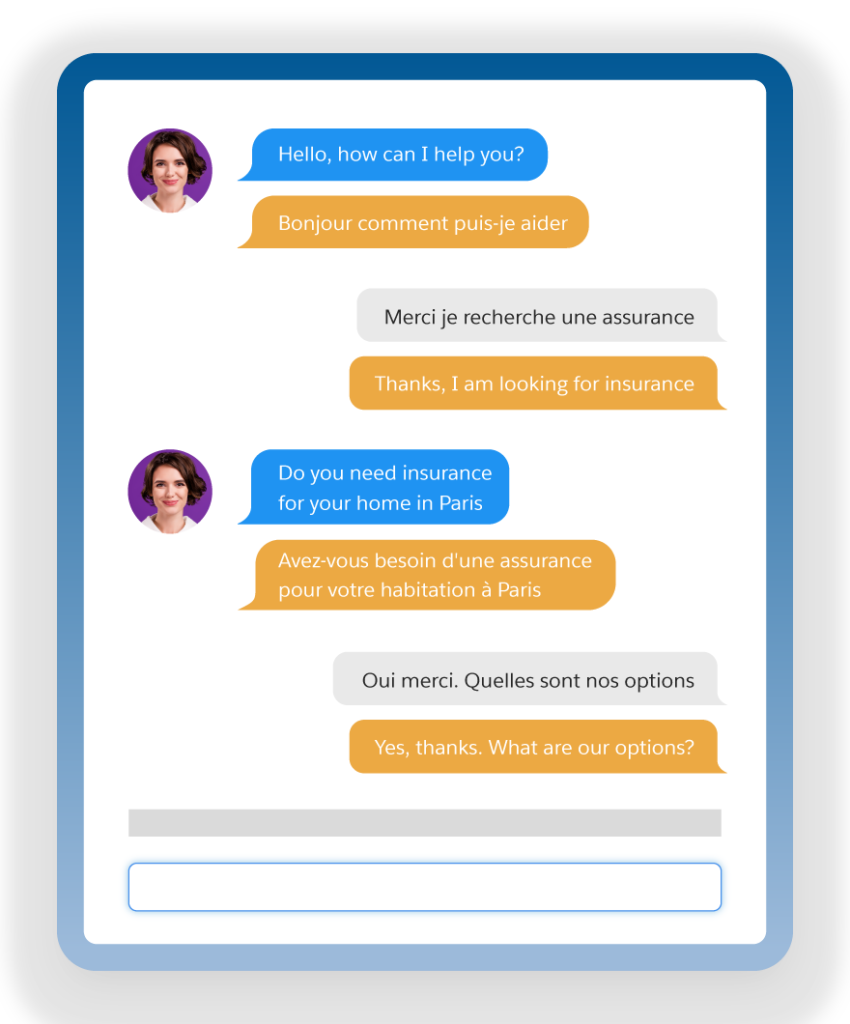
Let’s say you’re a global cosmetics brand, based in the U.S. You have a visitor on your site from France that has some questions about a particular product before making a purchase. They send a live chat in French. Using Translation Studio, your support agent is able to translate the consumer’s message, compose a response in English, and then translate it to French – all in real time, without having to leave Salesforce. The customer is delighted that you offer support in their preferred language, and they make a purchase.
When you use Translation Studio from 1440, you’re able to serve and delight customers using live chat, regardless of language, wherever they are on the shopping journey. When you’re able to effectively communicate with a customer before they make a purchase, you’re better equipped to win customers. And by offering multilingual live chat service post-sale, you can restore customers’ trust in your brand and foster loyalty.
Seamlessly Translate Knowledge Articles
Essentially, knowledge articles are documents on information on different topics. For example, a brand might offer a knowledge article about their return policy and how to make returns, as well as articles sharing troubleshooting tips for various products.
Knowledge articles can be used by brands in a number of different ways. For starters, you might house knowledge articles on your website or customer portal for customers to find on their own. This is important, as Salesforce found that 65% of consumers prefer self-service for simple matters.
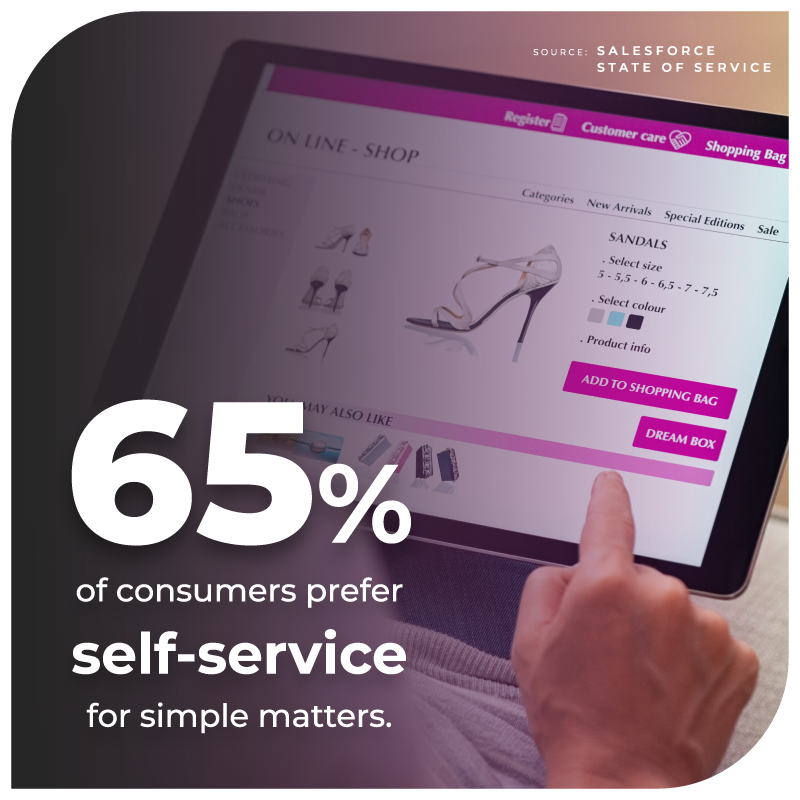
In addition, chatbots (also known as digital assistants) and live agents frequently share knowledge articles with customers so they can get further information on a given topic.
Knowledge articles can be written by a number of different teams and individuals throughout the organization. And typically, they’re written in the writer’s native language.
But of course, there are times when a knowledge article needs to be shared with someone who speaks a different language. If the person isn’t able to get the information they need in their preferred language, you’ll have an unhappy customer on your hands. And if you manually translate the article by copying and pasting it into a translation engine, you’re likely to have an inaccurate translation that further frustrates the customer.
With Translation Studio, you can easily and accurately translate your knowledge articles – directly within Salesforce. That means all of your customers, regardless of language, can get the self-service information they need.
Deliver Great Service – Regardless of Language
Modern customers expect great service experiences throughout the purchase journey. A big part of this is being able to communicate with all customers, regardless of their preferred language.
Translation Studio from 1440 empowers brands to translate just about anything in Salesforce – without having to leave the platform. Ready to break down language barriers and start delivering multilingual service? Contact us to see Translation Studio in action.